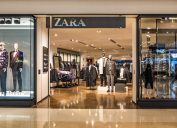17 Clever Ways Stores Deceive You Into Spending More Money
Beware of these misleading "sales" and sneaky product placement tactics.

Stores want to make money—and a lot of it, at that. So when you go to one with a simple shopping list, but leave with a cartload of stuff you had no intention of buying when you walked in, that's not merely happenstance. Retailers have engineered creative ways to get you to spend more money without you even realizing it. To help you shop smarter and spend less, we've talked to experts and rounded up some of the most common retail tricks to look out for so you can know exactly what you're up against.
1
Bulk buying deals
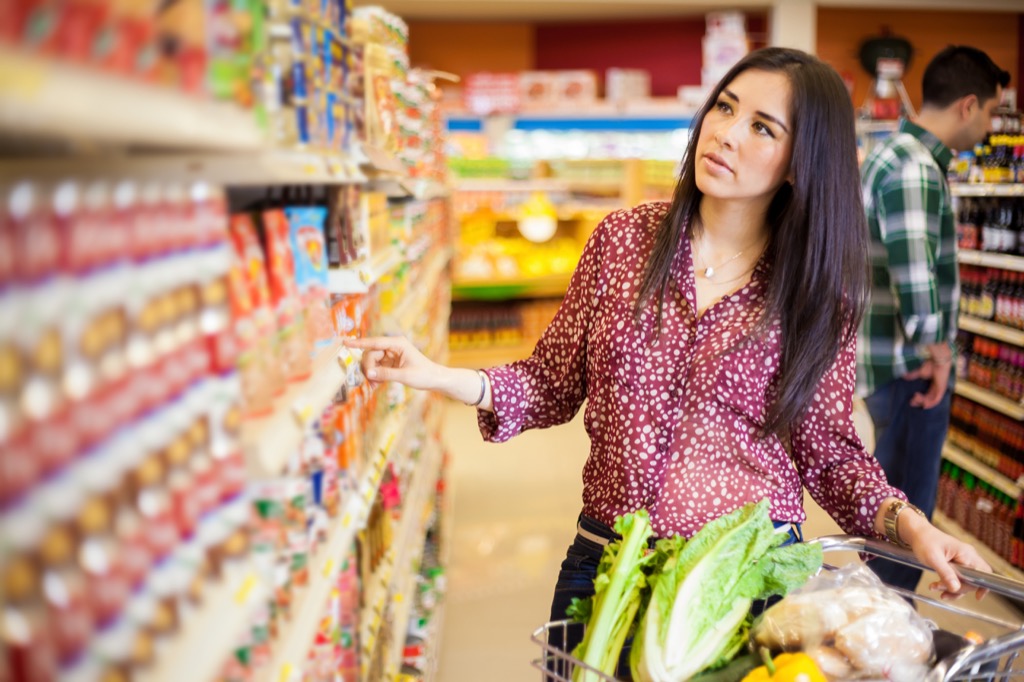
If you see a cluster of yogurts priced at 10 for $10, you may think that's a great deal and go for it—even if you didn't need 10 yogurts. However, money-saving expert Andrea Woroch says this is just another retail trick engineered to get you to spend more.
"Shoppers see the 10 for $10 as a better value and will stock up even if they didn't need that amount in the first place," Woroch says. "And sometimes these sales aren't always the best price per unit, so make sure to compare it with competitor brands and store brands to find the best deal."
2
Large shopping carts

Don't worry, your eyes aren't playing tricks on you. Woroch says carts have become "super sized" in recent years because when you see an empty looking cart, you're tricked into thinking you haven't bought enough and are "more inclined to fill it with items [you] don't need." To combat this, she recommends always using a hand basket whenever you're shopping for lighter loads.
3
"Buy one, get one 50 percent off" offers

Personal finance expert Jon Dulin says most people focus on the "50 percent off" part of these "deals" and forget they're paying full price on the first item. Dulin says either way you're losing out because "buying two is a waste and only buying one isn't a sale at all."
4
Placing expensive items at eye-level
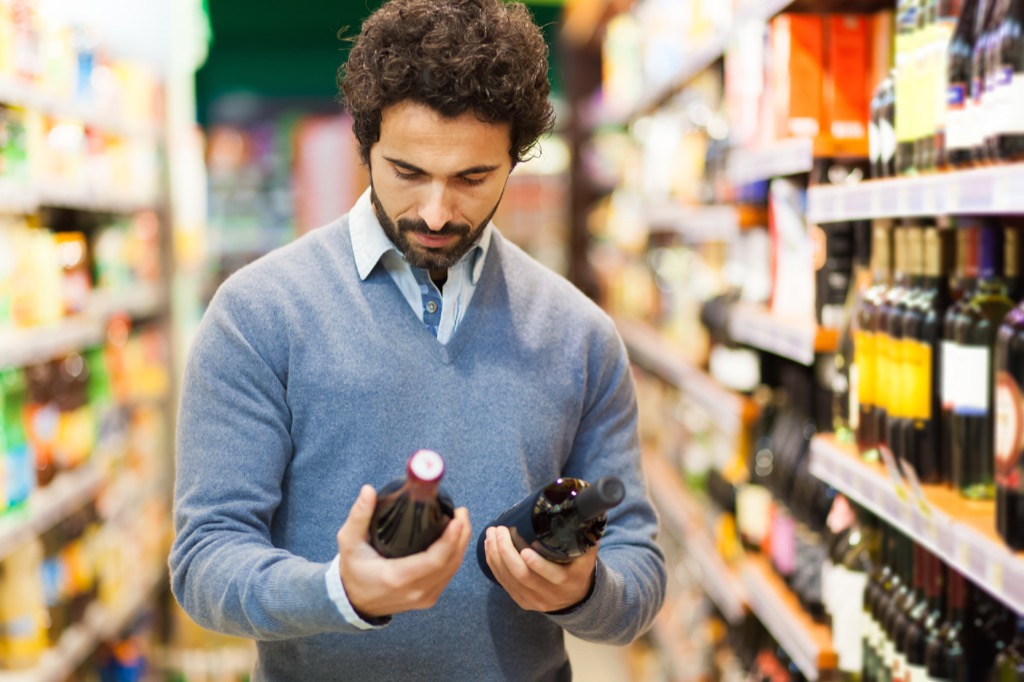
Stores do their best to catch your eyes where they're already looking naturally as you browse around.
"The higher profit margin items are placed exactly where your eyes go first—eye-level," says David Bakke, retail expert at Dollar Sanity. "If you want the best deal, you probably need to bend down and look at the bottom of the shelf."
5
Strategically stocked end caps

Have you ever wondered why certain items get placed in that prime spot at the end of each isle?
"A crafty retailer will stock this section with consumer goods that go hand in hand with whatever the aisle is selling, says Lior Ohayon, CEO of Hush. "For instance, if you are walking through the grocery section, expect to see dining related items on the end cap. These would include paper plates, paper towels, or even wine and beer." How do you avoid taking the bait? "Look the other way when you reach the end cap sections," Ohayon says.
6
Deceptive dressing rooms
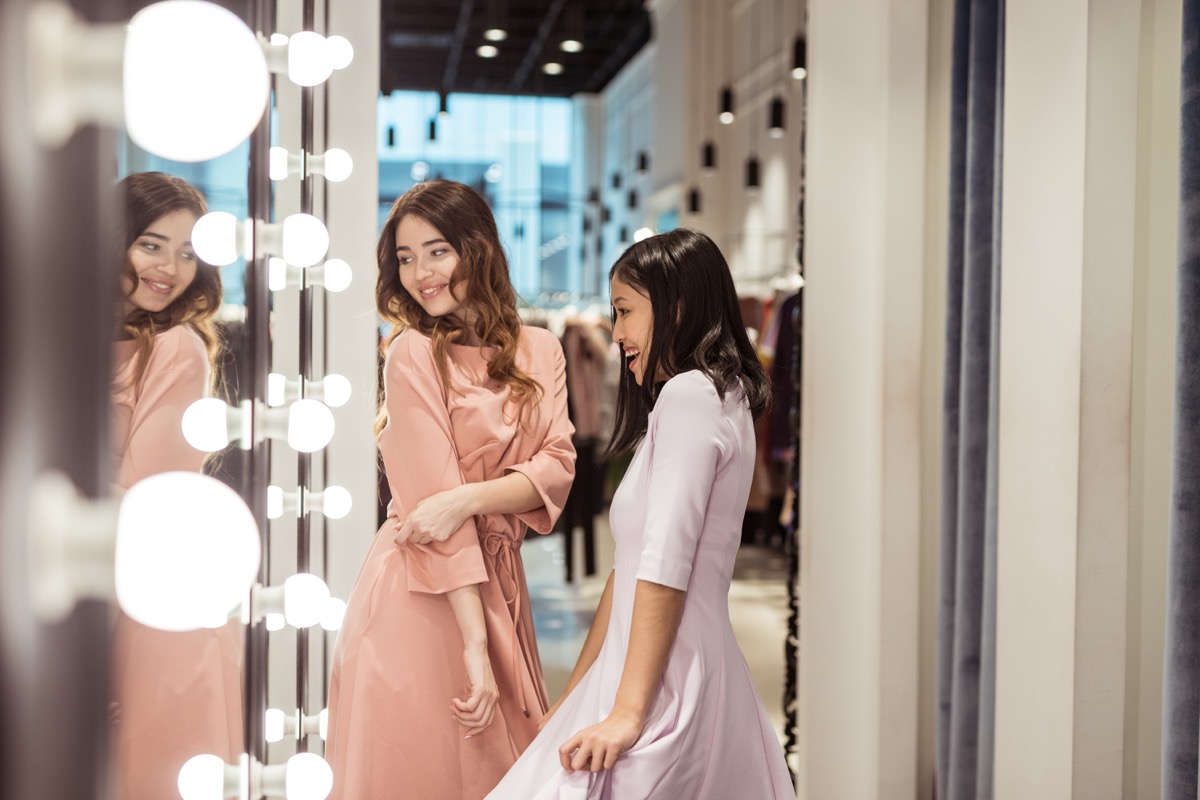
On at least one of the shopping excursions you've taken over the years, you've probably had the experience of loving the way something looks when you try it on in the store only to be struck with disappointment when you put it on at home for the first time. A complete mystery, right? Well, not exactly.
"Retailers use distorted mirrors to make shoppers appear thinner knowing that most people will buy clothing if they like the way they look in it," says Woroch. "Some stores will tilt the mirror, too, to create that longer and leaner reflection or use dim lighting to make you appear tanner, which also improves your appearance."
7
Placing essential items at the back of the store
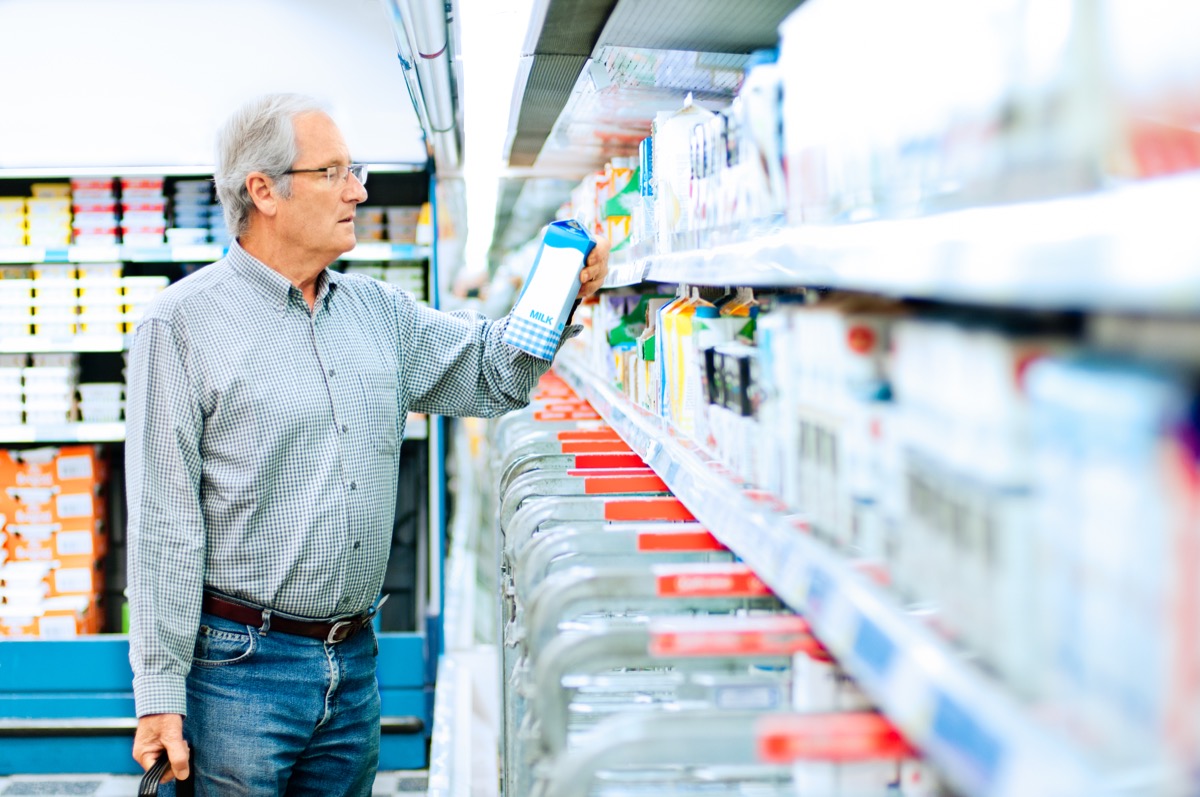
Whenever you need food staples like milk and cheese, you may have noticed that you have to walk all the way to the back of the store to get them. This is no accident, says Bakke, noting that the technique "forces you to go through the majority of the store to get to what you need," increasing the likelihood that you'll make impulse purchases along the way.
8
And cheap stuff near the checkout counter
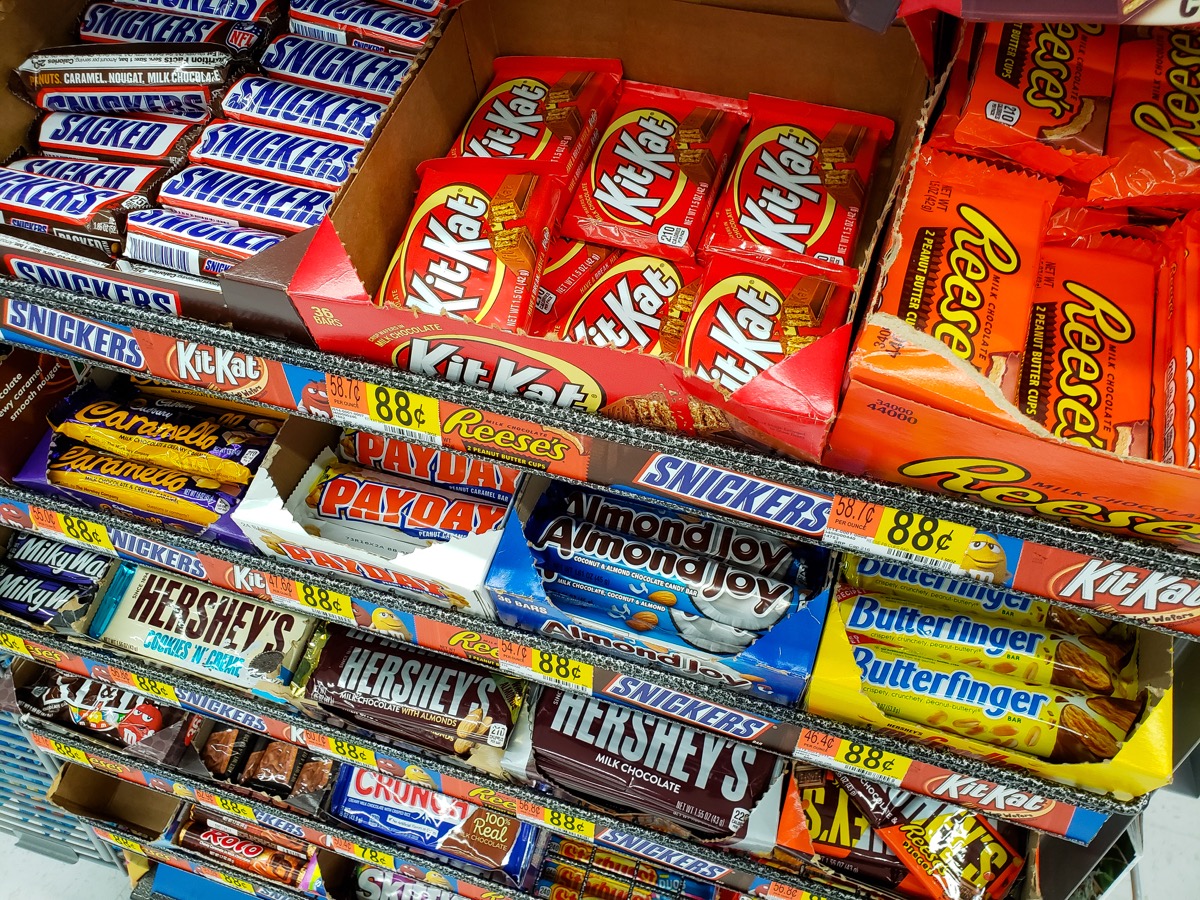
Candy, gum, breath mints, and batteries are typically found close to checkout for a very similar reason. Bakke notes that since these items are "less expensive," you're more likely to just end up throwing them into your cart at the end of your trip. And violà, you're spending more money without even giving it a second thought.
9
Offering free food samples
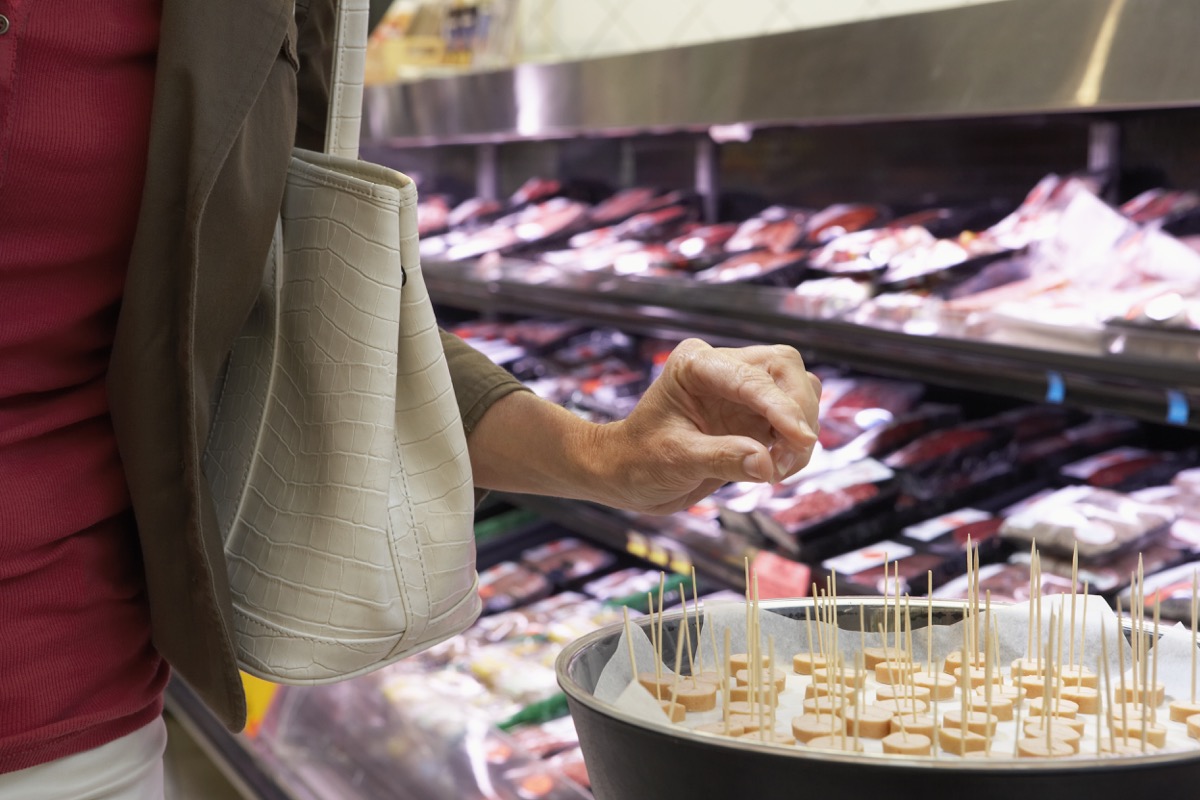
You may think those food samples are nothing more than a store's generous way of thanking you for shopping at their establishment, but unfortunately that would be a naive to look at the bite-sized snacks.
"Complimentary food samples are a trick," Bakke says. "If there's a cooking station set up near the meat section with free samples of a steak product, you might be more inclined to engage the sampler, and then possibly make a purchase if the item was tasty."
10
Sales with multiple price tiers
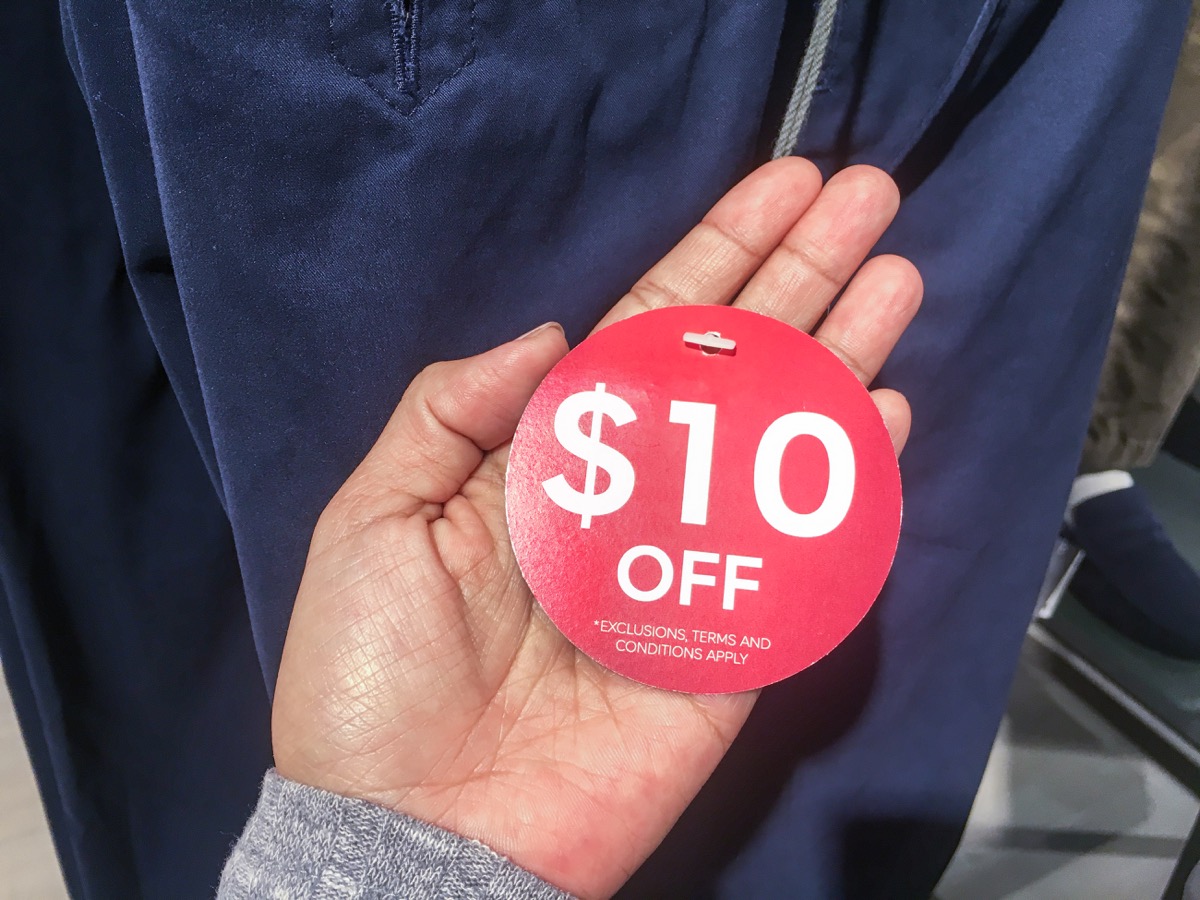
When stores offer a deal at several price points—$5 off $15, $25 off $75, or $50 off $150, for example— you "save the same percentage regardless of how much you spend," Woroch says. "Don't get fooled and calculate the percent savings—and only buy what you intended to in the first place."
11
Not rounding up on price tags
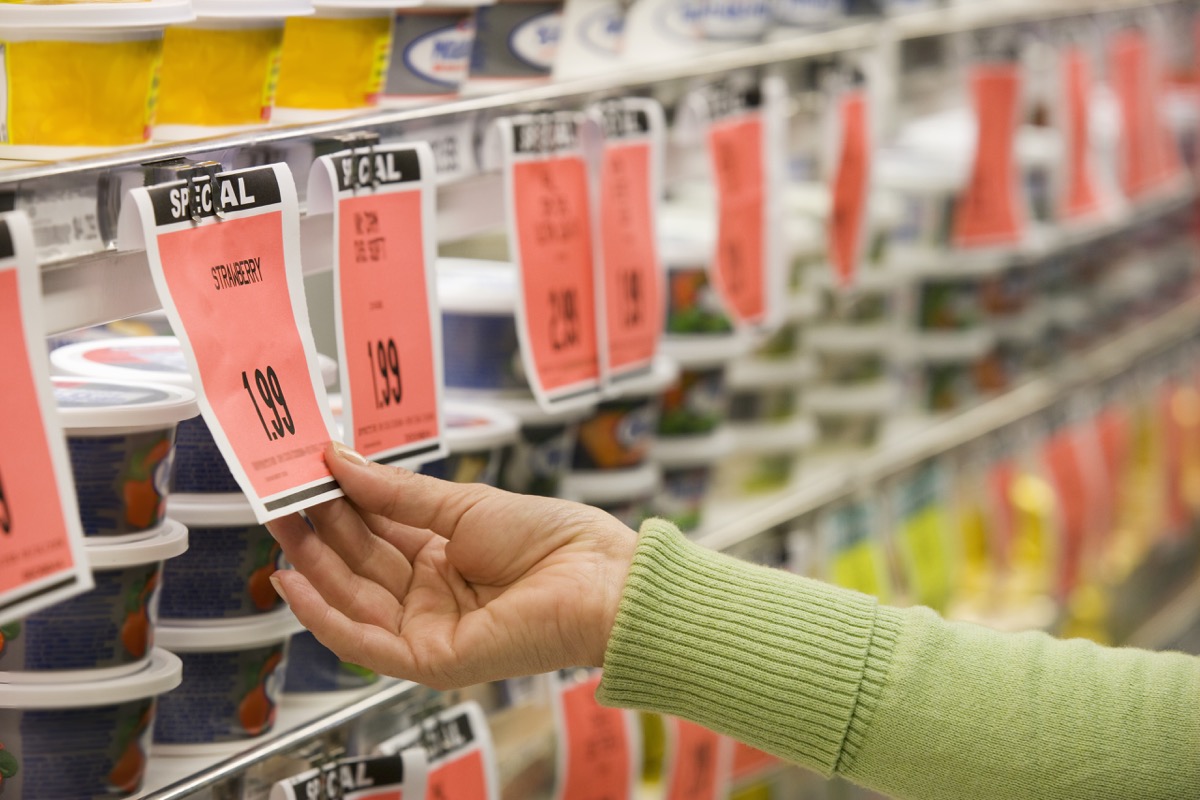
Have you ever wondered why most prices end in .99? Or even .95? Well, according to Woroch, they are called "charm prices"—and they are intentional.
"Consumers have been conditioned to associate nine-ending prices with discounts and better deals," she says. "Plus consumers often round down—attributable to what's known as the 'left-digit effect,' meaning we pay most attention to the number to the left of the decimal point."
12
Lowering previously marked-up prices and saying they're on sale
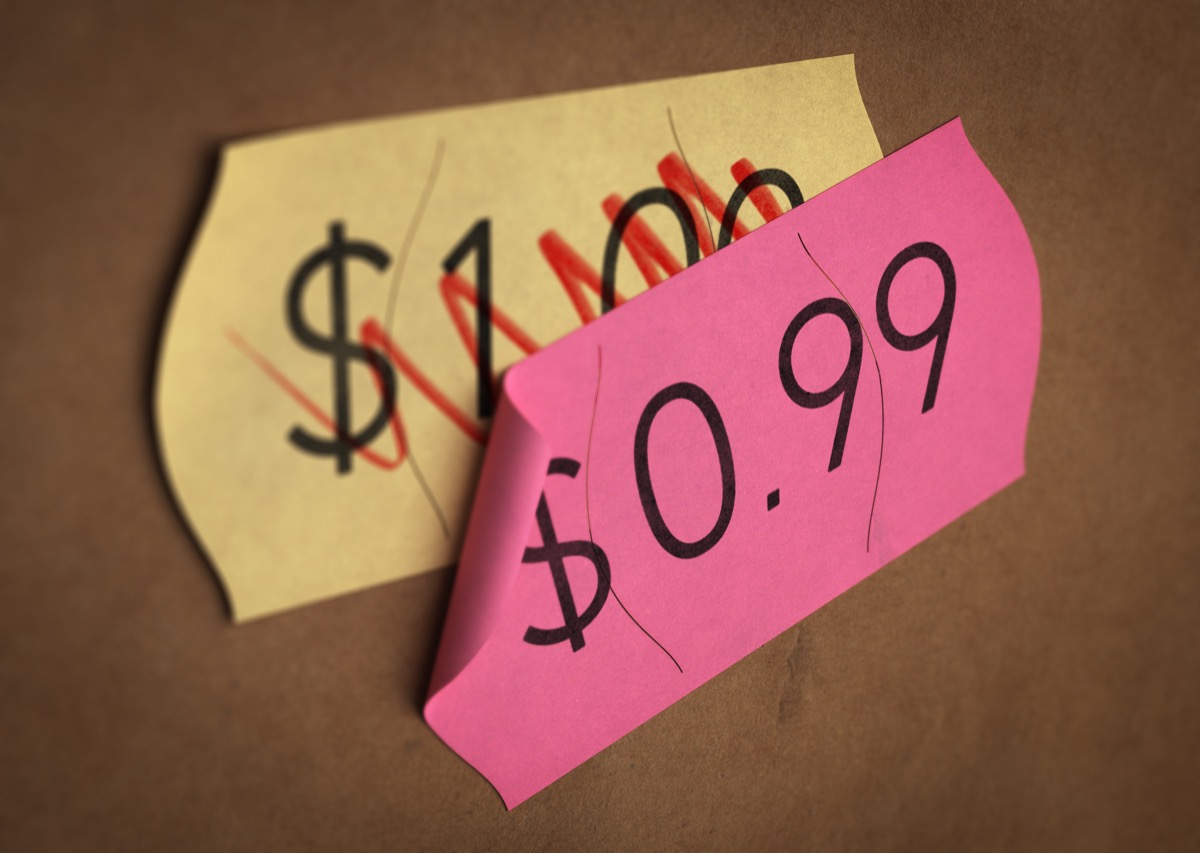
Most stores rotate their items on sale to "attract a wide customer base," and ultimately create a "favorable opinion of the store," Woroch says. However, most of these "sale" prices are based on prices that were previously marked up much higher than they normally would be—essentially creating the illusion that you are saving money.
13
Using enticing scents to get you in the store

There's a reason you smell fresh-baked bread when you walk into the supermarket, or chocolate chip cookies when you pass the Mrs. Fields in the mall—and it's not only due to the aromas emanating from the stores' ovens, Woroch says.
Stores deliberately channel the smells of their products in a way that entices consumers walking by or through during the day. Some, like this supermarket in Brooklyn, have even been known to use scent machines to catch potential customers by the nose.
14
Holiday sales

You may notice that your local grocery store has a sale for every holiday—including ones like President's Day or Labor Day. By using these federal holidays to tout a sale, Bakke says retailers are trying to get you in their stores on your day off. And while you may end up buying a sale item, they're hoping you also buy a "bunch of other stuff that isn't on sale."
15
Countdown timers on their website

When you're shopping online and see a timer on the screen indicating a particular offer is about to expire, this is—as you may have guessed by now—yet another sneaky sales trick.
"The timer creates a 'fear of missing out' effect on the consumer," says Keeon Yazdani, chief market officer at WERCBD. "Placing these messages on the header of a website usually results in a high conversion rate because the header is the first thing consumers see when a website loads."
16
Pushing you to sign up for a store card
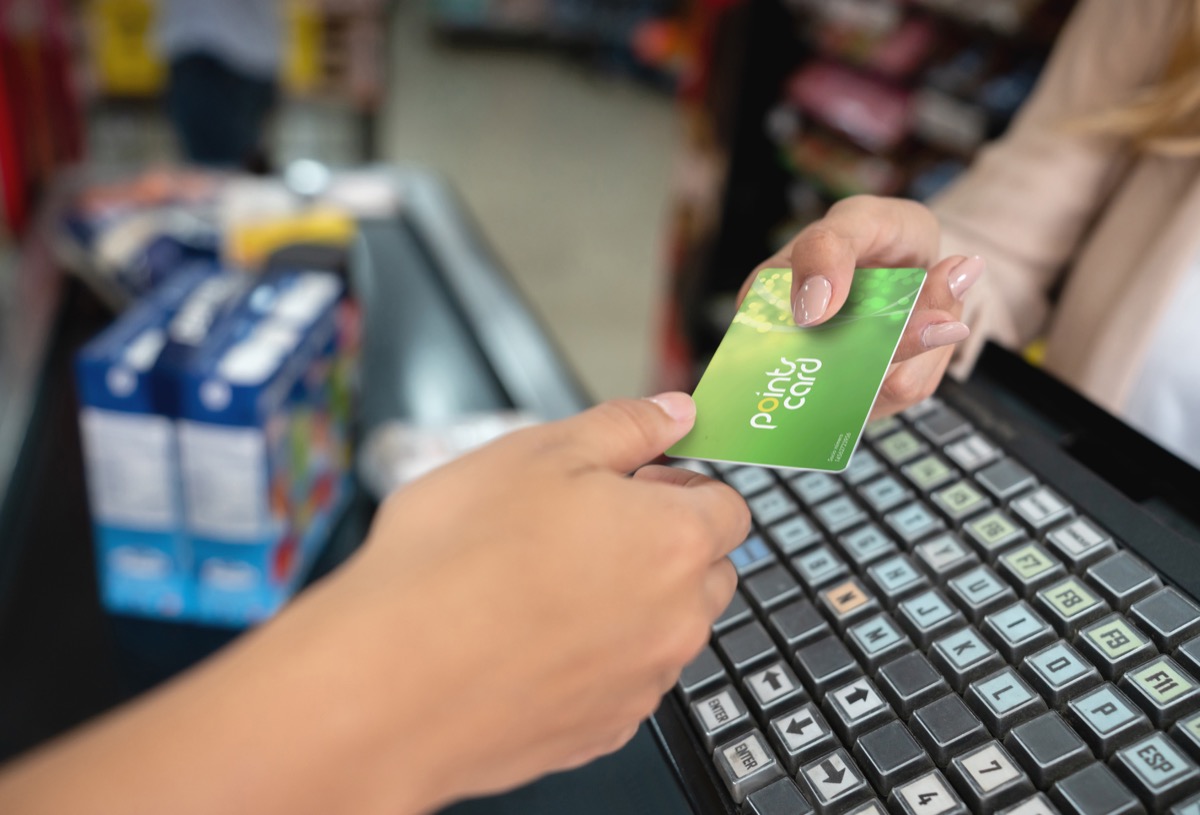
Many people hear the words "10 to 20 percent discount" and think, "Why not?" And that's exactly what sales associates are going for when pushing store cards on you when all you're trying to do is checkout and be on your merry way. But it's not just because they receive a commission when you sign up; it's because over time, the cards make you spend more money.
"These store cards come with extremely high APR, retro active interest, and limited rewards—if even offered at all—plus pricey late fees and other penalties," Woroch says. "If you don't shop at this store often, you may forget about the new account and miss a payment making that initial discount obsolete."
17
Using large window advertisements
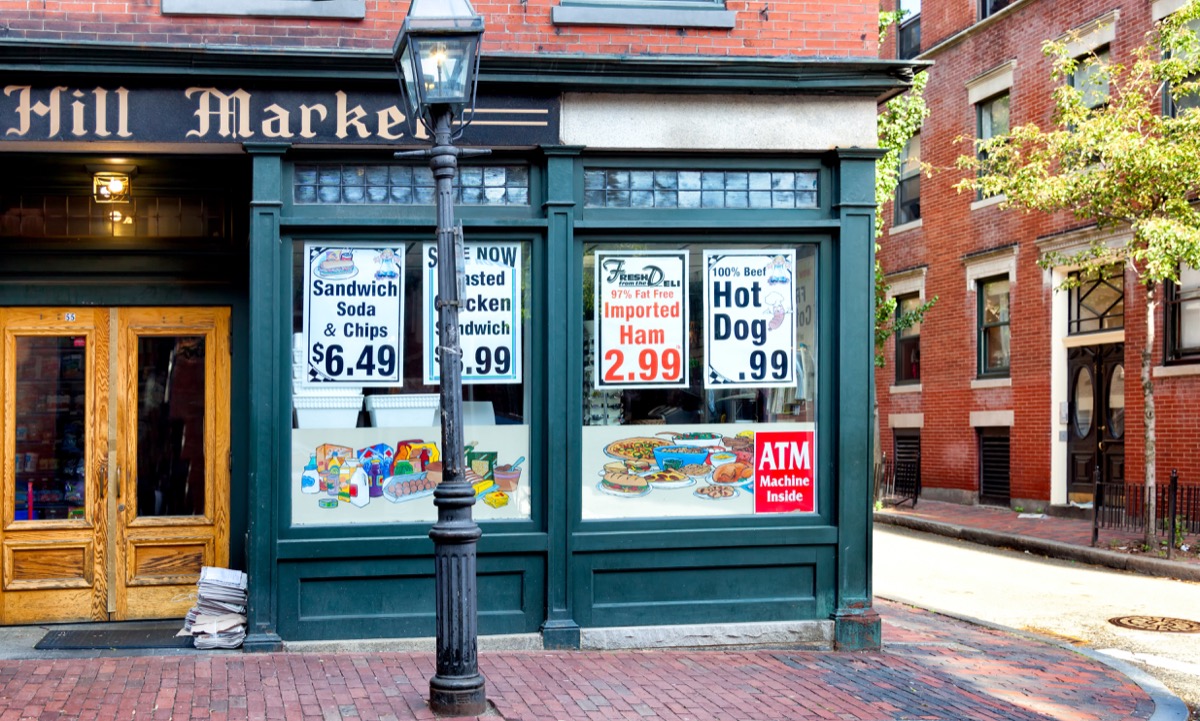
Let's face it—large window ads promising big discounts and limited-time offers can be pretty enticing, and we've all been duped by them at some point. However, Bakke says if you actually analyze the ads, you'll most likely notice that the actual sales aren't that great. They are just a "ploy to get you into the store."
Additional reporting by Alex Daniel.



